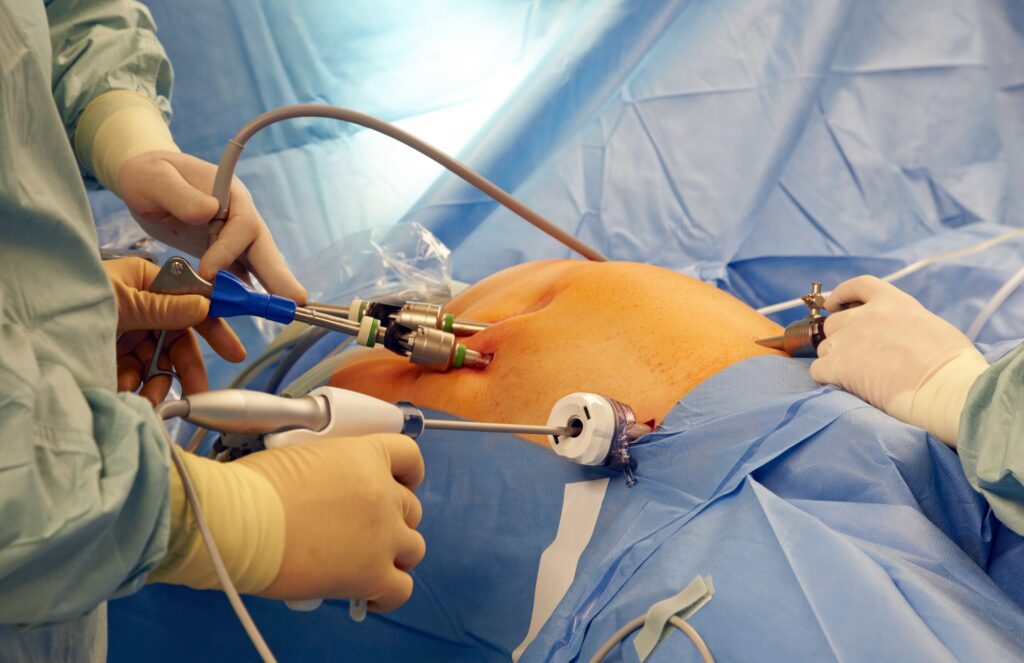
HYSTERESCOPIC SEPTUM RESECTION
WHAT IS UTERINE SEPTUM RESECTION?
Septum resection is the surgical removal of the uterine septum, which is one of the most common congenital malformations (birth defect); it is characterized by a uterus which is completely or partially divided into two parts. The uterus (womb) is a female reproductive organ, wherein the fertilized egg develops into a fetus (baby). Hence, uterine septum is known to cause infertility and recurring miscarriages.
HOW IS SEPTUM RESECTION PERFORMED?
Septum resection is performed with hysteroscopy. Hysteroscopy is an outpatient procedure in which the doctor inserts a small and lighted instrument called the hysteroscope into the patient’s vaginal opening. This instrument relays video to a monitor, where the doctor can inspect the organs in the pelvic area. A liquid is pumped gently so that the doctor can examine organs clearly. The doctor passes the surgical instrument along with the hysteroscope.
POST SURGERY & RECOVERY
Post surgery the doctor may insert a balloon catheter, in order to prevent the uterus’ walls from scarring. The balloon catheter is removed within a week post surgery. She/he may also administer the patient estrogen intake.
Septum resection does not require hospitalization and most of the patients can leave on the same day. They may feel pain for a few days and discomfort in the pelvic area for some time. Most women may return to work the next day.
OUTCOME
Septum resection is the preferred method of treatment of septum resection. The removal of the uterine septum is known to increase fertility. In many cases, the women can conceive within months.
